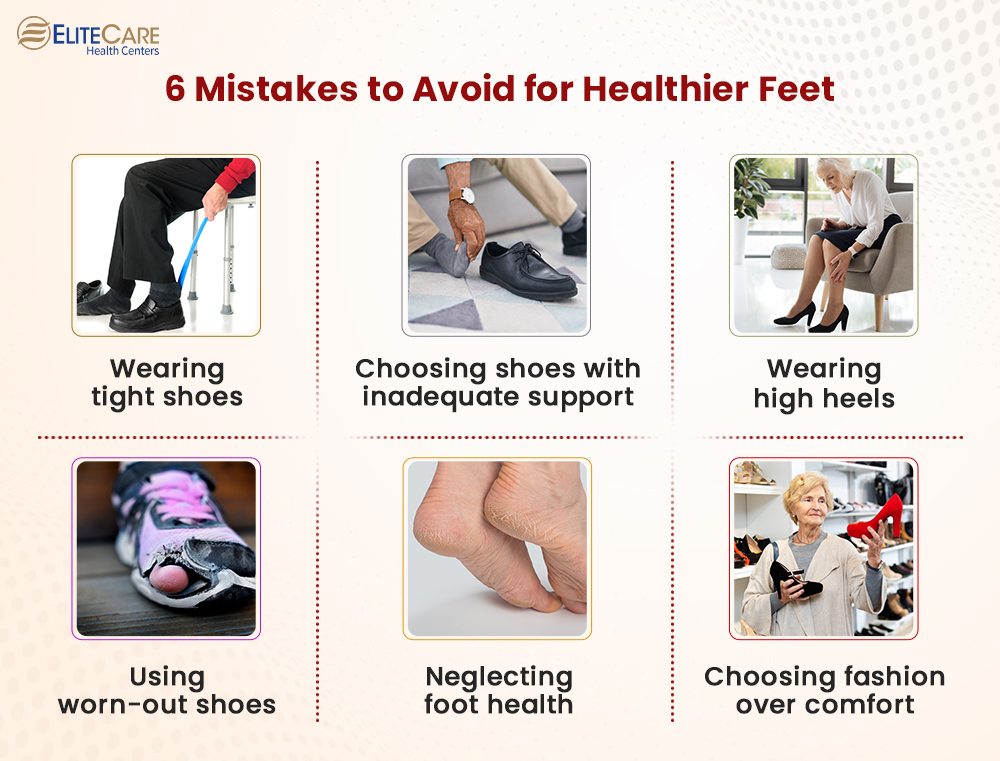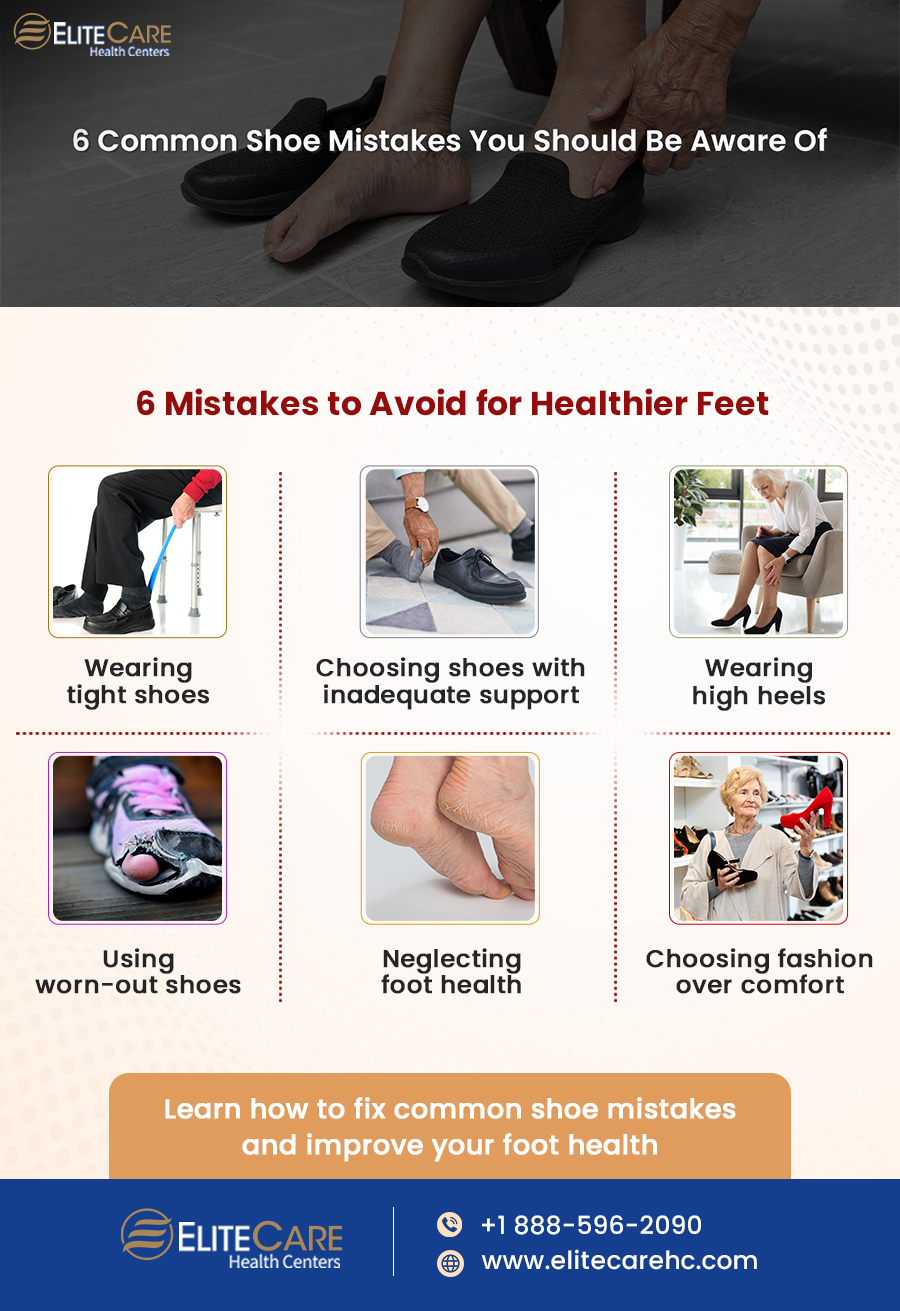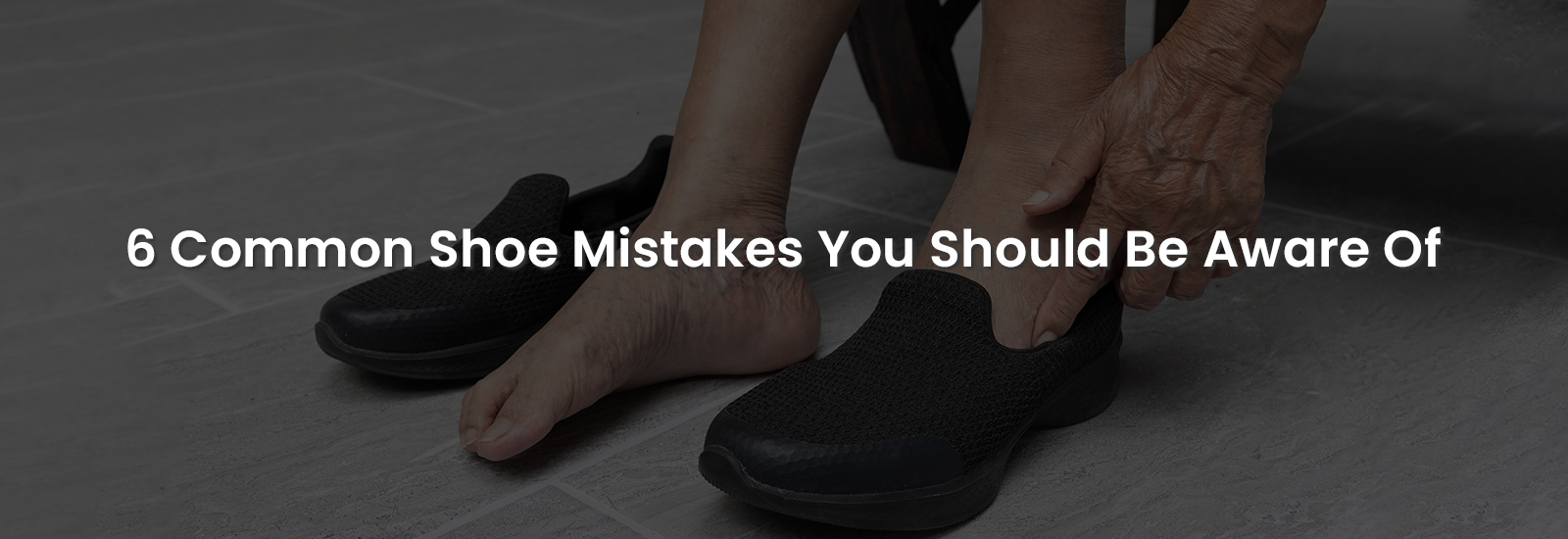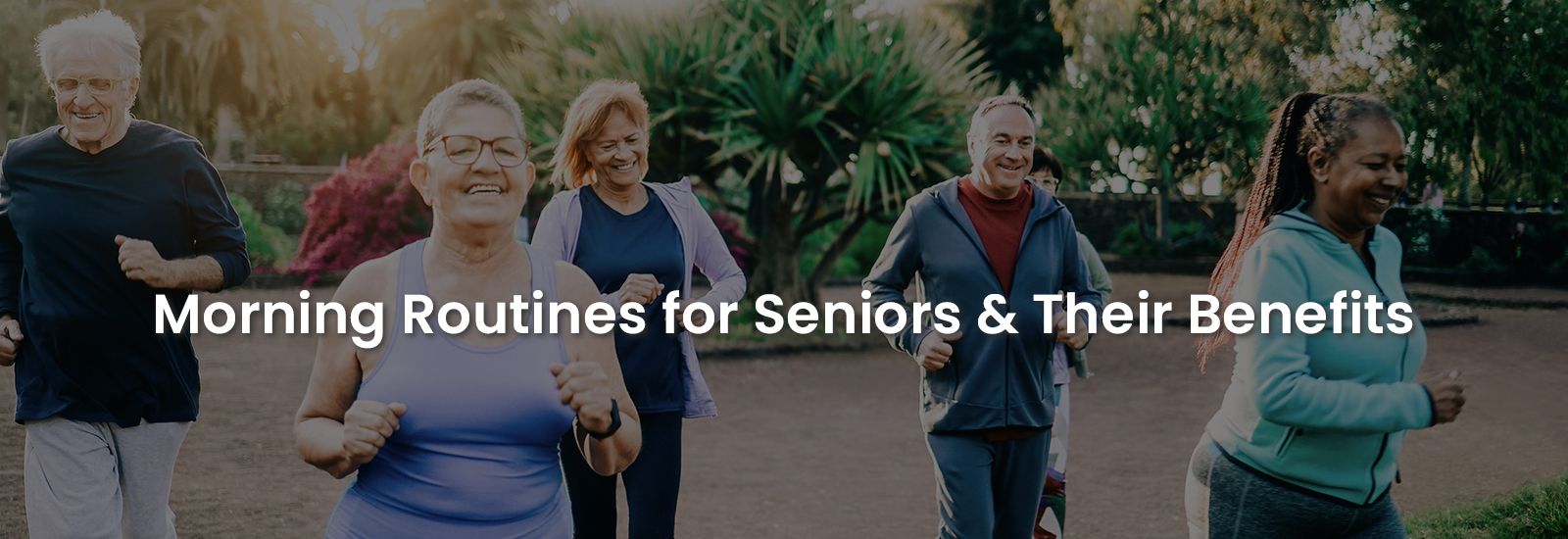
Just as the body changes with age, our feet are no exception. Over time, the natural wear and tear of daily activities and aging can take a toll on the feet, causing them to undergo changes that may lead to discomfort and pain. These changes include loss of fat padding on the soles of the feet, a decrease in flexibility and range of motion, and a decrease in blood flow. Certain medical conditions, such as diabetes and arthritis, can further contribute to foot issues.
Therefore, it is important to pay extra attention to foot health with age and take proactive steps to prevent foot problems from occurring. One way to do this is by avoiding common footwear mistakes that can exacerbate foot issues. This blog post will discuss common shoe mistakes made by seniors and offer solutions to help prevent foot problems.
Here are six common shoe usage mistakes that seniors should avoid. Because quality, comfortable shoes are essential for senior comfort and foot health.

1. Wearing Shoes That are Too Tight
One of the most common shoe mistakes seniors make is wearing shoes that are too tight. With age, the feet change shape and can increase in size due to arthritis, poor circulation, and weight changes. Some seniors may not realize they need to wear a larger or wider shoe and continue to wear the old–sized shoe, even if their feet have changed in shape or size. Wearing shoes that are too tight can lead to various foot pain causes, including blisters, corns, bunions, and even ingrown toenails. These issues can be especially problematic for seniors with reduced mobility or circulation. These conditions can be painful and may require medical attention.
To fix this problem
- Seniors should measure their feet regularly, ideally at the end of the day when the feet are most swollen.
- Choose shoes that are the right size and width. It’s important not to rely on shoe size alone, as different brands and styles can fit differently.
- Try on shoes and walk around to ensure they are comfortable and don’t rub or pinch.
- If experiencing foot pain, you should visit our medical clinics and senior care service providers to determine the underlying cause and receive appropriate treatment.
2. Choosing Shoes without Adequate Support
According to a study, problems with footwear have long been recognized as an endemic issue with a prevalence rate of nearly 80% among seniors. When seniors wear shoes without adequate support they may experience foot pain, plantar fasciitis (heel spur syndrome), and run the risk of falls. The resulting foot pain can be exhausting and limit mobility, making it harder for seniors to stay active and independent.
To fix this problem
- Seniors should look for shoes with good arch support and cushioning.
- Shoes with a contoured footbed can help distribute weight evenly and reduce pressure on the feet.
- Wearing shoes with a sturdy sole can also provide better support and stability, reducing the risk of falls.
- Seniors should consider shoes with removable insoles that can be replaced with custom orthotics for even better support.
- Ensure enough room in the toe box to wiggle the toes and avoid unnecessary pressure on the feet.
- Consult with a primary care physician or a podiatrist when experiencing persistent foot pain or discomfort.
3. Wearing Shoes with High Heels
High heels can harm seniors by exacerbating existing foot problems and leading to new ones. Heels place excessive pressure on the ball of the foot, leading to foot pain and even deformities like hammertoes. They can also increase the risk of falls and other injuries. The consequences of wearing high heels can also include ankle sprains, back pain, and reduced balance.
To fix this problem
- Seniors should look for shoes with low heel to avoid foot problems
- Shoes with a heel height of about one inch will provide some support without putting excessive pressure on the feet.
- Seniors should also look for shoes with a wider base and sturdy soles for better stability and support.
- Avoid shoes with pointed toes, as these can compress the toes and cause unnecessary pressure on the feet.
4. Using Worn-out Shoes
Old and worn-out shoes may be loose and not offer adequate support. These can increase the risk of falls while making walking uncomfortable. They lose their ability to provide support and cushioning, leading to foot pain and injuries such as blisters, calluses, and even stress fractures. Seniors may also experience discomfort in their knees, hips, and back due to the misalignment caused by worn-out shoes.
To fix this problem
- Seniors should check their shoes regularly for signs of wear and tear, such as worn soles, stretched-out uppers, and holes.
- They should watch out for any signs of discomfort or pain while wearing their shoes.
- Seniors should replace their shoes as soon as they show signs of wear and tear, ideally every six months to a year, depending on how frequently they wear them.
- Seniors may also consider using senior care services or asking a family member or caregiver to help them check their shoes for wear and tear.
5. Neglecting Foot Health
Neglecting foot health is a common mistake among all age groups. Poor foot health can lead to problems such as fungal infections, ingrown toenails, and poor circulation.
Foot health is especially important for seniors because they are more likely to have underlying medical conditions that can affect their feet, such as diabetes and poor circulation. Seniors with poor foot health may also be more prone to falls and injuries.
To fix this problem
- Seniors should wash their feet daily, moisturize them, and trim their toenails regularly to improve their foot health.
- Sterilize foot care tools, such as nail clippers and files, before and after use to prevent infection.
- They should avoid going barefoot in public places to reduce the risk of fungal infections.
- If seniors notice any signs of foot problems, such as redness, swelling, or pain, they should seek medical help from a podiatrist or their primary care physician.
- Regular foot check-ups and visits to senior care services can also help prevent foot problems and ensure early detection of foot pain cause and treatment if any arise.
6. Choosing Fashion Over Comfort
Stylish shoes are great, but with age, seniors increasingly need to prioritize comfort over fashion. Sometimes stylish shoes may lead to foot pain, blisters, and other injuries. If shoes are uncomfortable, seniors might try to change how they walk to feel better, but this can affect other parts of their body, like knees, hips, and back.
To fix this problem
- They should look for comfortable and stylish shoes with a good fit and supportive sole.
- Shoes made with breathable materials like leather or mesh can also help prevent sweating and odor.
- Seniors should research and try different options from brands that offer both style and comfort.
- Consult with a shoe specialist or our medical clinic primary care physician, as they can recommend the best brands and styles for seniors’ specific foot needs.
To Sum Up
Seniors need to be mindful of their shoes and how they can impact their foot health and overall well-being. By being mindful of their footwear choices, seniors can prevent foot pain causes and foot injuries. Seniors can enjoy an active and pain-free lifestyle by properly caring for their feet and seeking help from Elite Care’s professional senior care service providers whenever needed.






